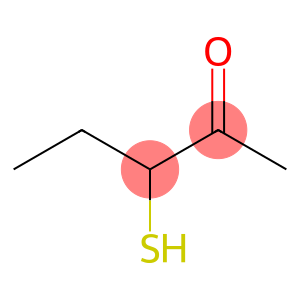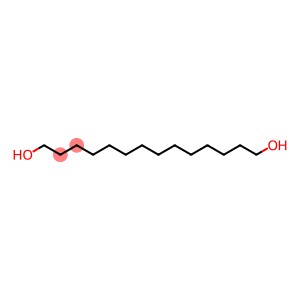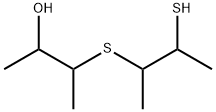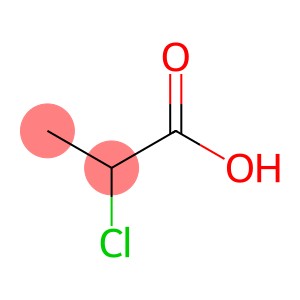3-Mercapto-2-pentanone(CAS#67633-97-0)
| Hazard Symbols | Xn – Harmful |
| Risk Codes | R10 – Flammable R36/37/38 – Irritating to eyes, respiratory system and skin. R41 – Risk of serious damage to eyes R22 – Harmful if swallowed |
| Safety Description | S16 – Keep away from sources of ignition. S26 – In case of contact with eyes, rinse immediately with plenty of water and seek medical advice. S36/37/39 – Wear suitable protective clothing, gloves and eye/face protection. S39 – Wear eye / face protection. S60 – This material and its container must be disposed of as hazardous waste. S37 – Wear suitable gloves. S33 – Take precautionary measures against static discharges. S7 – Keep container tightly closed. |
| UN IDs | 1224 |
| TSCA | Yes |
| HS Code | 29309090 |
| Hazard Class | 3 |
| Packing Group | III |
Introduction
3-Thio-2-pentanone, also known as DMSO (dimethyl sulfoxide), is an organic solvent and compound. The following is an introduction to the properties, uses, preparation methods and safety information of 3-thio-2-pentanone:
Quality:
- Appearance: Colorless liquid
- Soluble: Soluble in water and most organic solvents, it is a polar solvent
Use:
- 3-Thio-2-pentanone has a wide range of uses and is mainly used as a solvent.
Method:
- 3-Thio-2-pentanone can be synthesized. A commonly used preparation method is obtained by the reaction of dimethyl sulfoxide with a mild oxidizing agent such as hydrogen peroxide.
Safety Information:
- Direct contact with 3-thio-2-pentanone may cause irritation to the eyes, skin, and respiratory system, and care should be taken to avoid direct contact when using.
- It is a flammable substance and should be kept away from open flames and high temperatures.
- Follow good laboratory safety practices and be equipped with appropriate personal protective equipment such as gloves, goggles, and gowns during handling.








